Embark on a journey through history and spirituality at Myokenji Temple, the heart of Nichiren Shu in Kyoto’s Kamigyo-ku. Founded in 1321 by Nichizo, a missionary bestowed land by Emperor Godaigo, the temple became the fundamental Hokke school sanctuary in Kyoto. Despite challenges, including attacks by the Hieizan Enryakuji sect, the temple persevered. Today, Myokenji boasts an important cultural property—the main gate—and captivates visitors with its cherry blossom-filled precincts and serene gardens, including the enchanting Shikai Shodo Garden. Immerse yourself in the tranquility and cultural richness of Myokenji, a spiritual haven with roots deep in Kyoto’s history.
Myokenji Temple is the main temple of Nichiren Shu in Kamigyo-ku. This temple was the first Hokke Dojo in the capital of Kyoto. Toyotomi Hideyoshi once used it as his regular lodging in Kyoto.
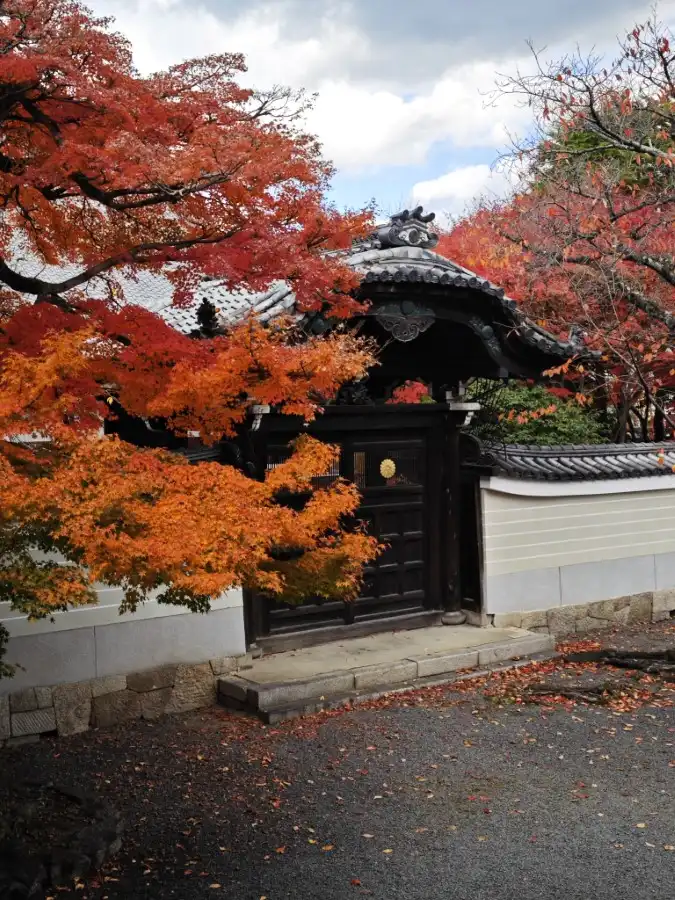
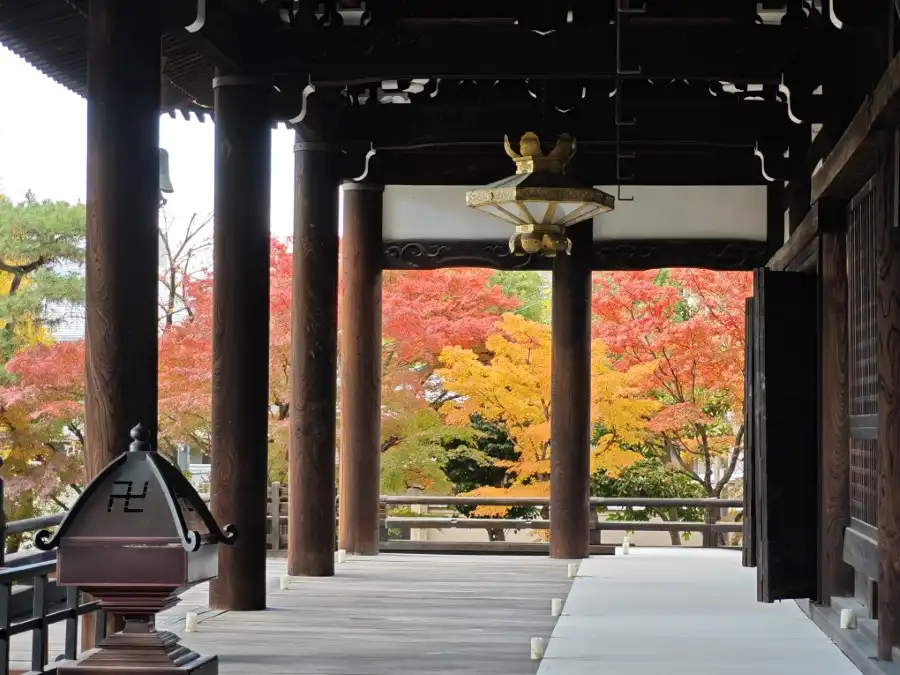
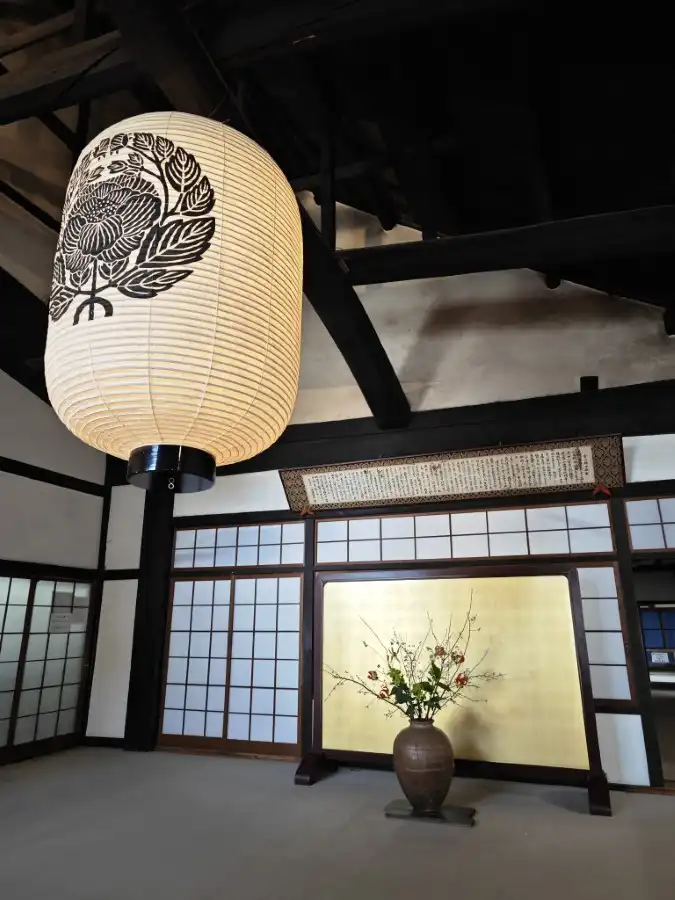
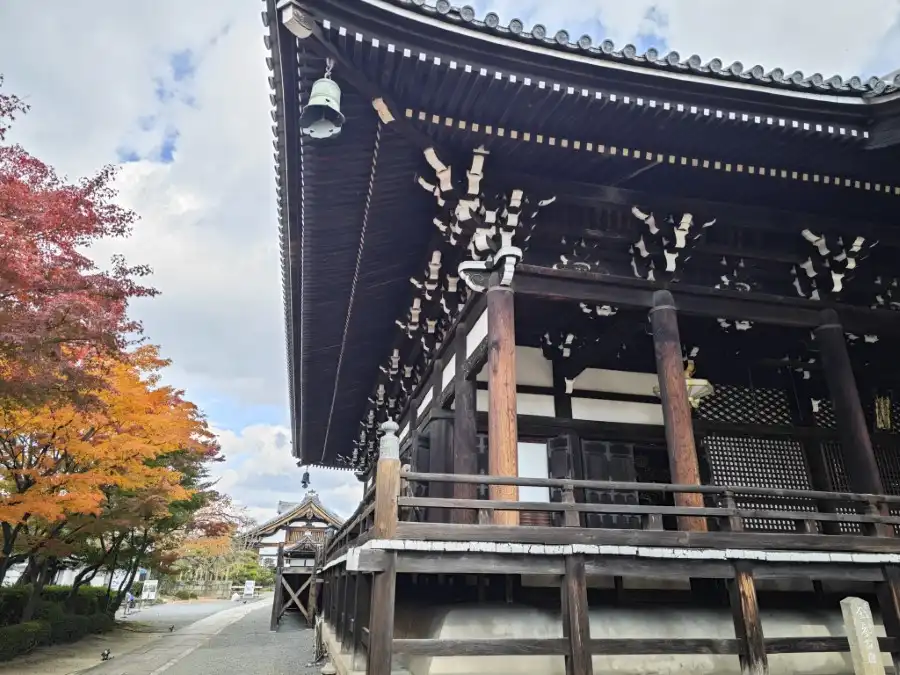
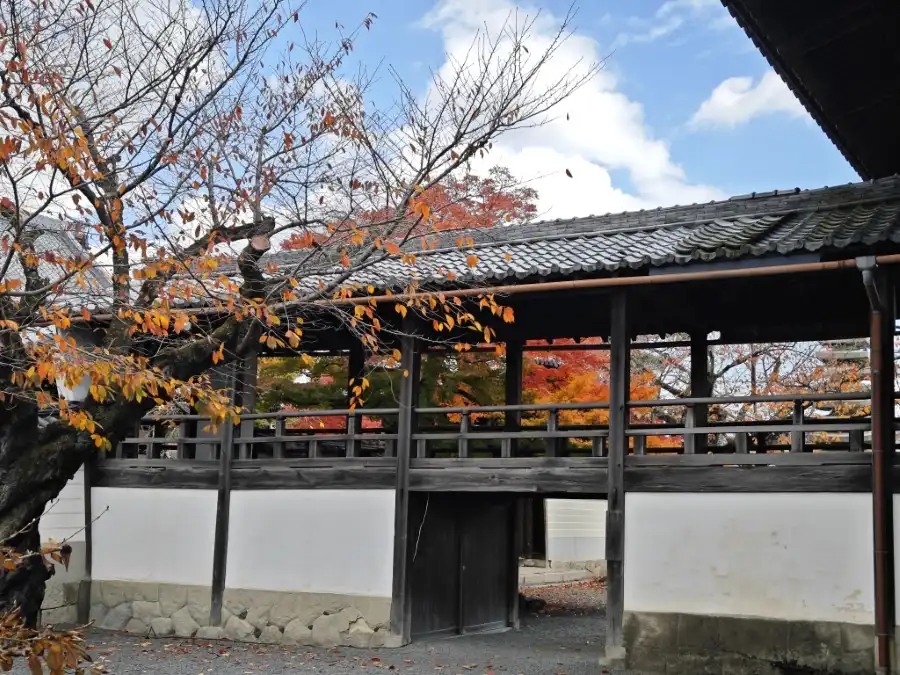
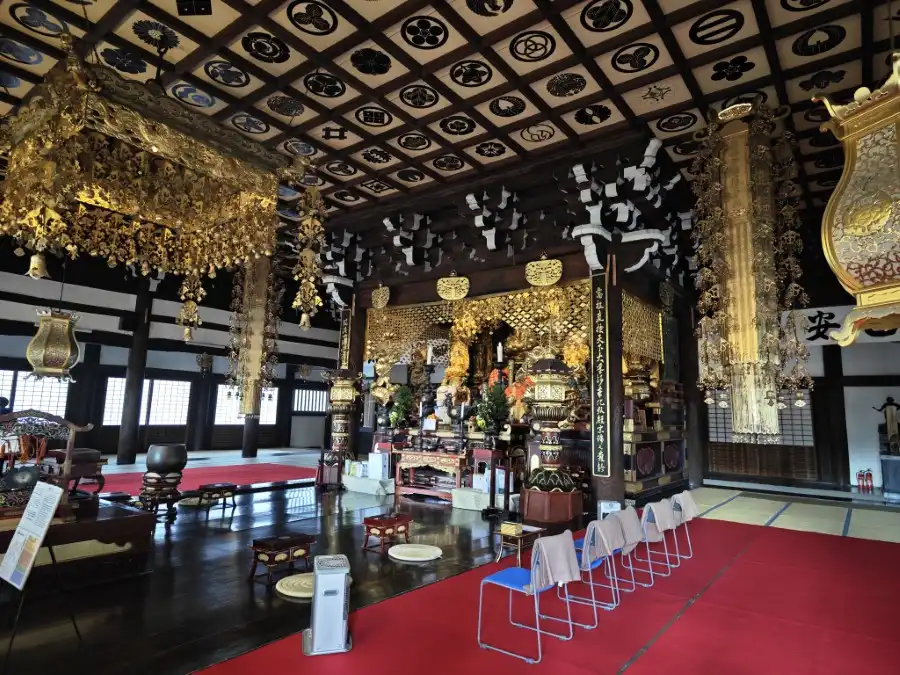
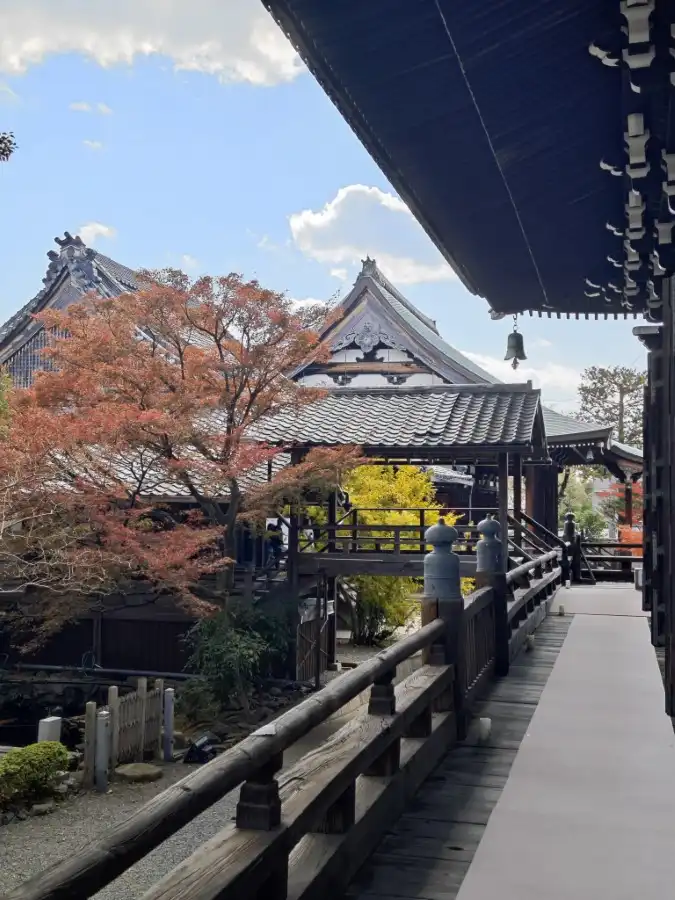
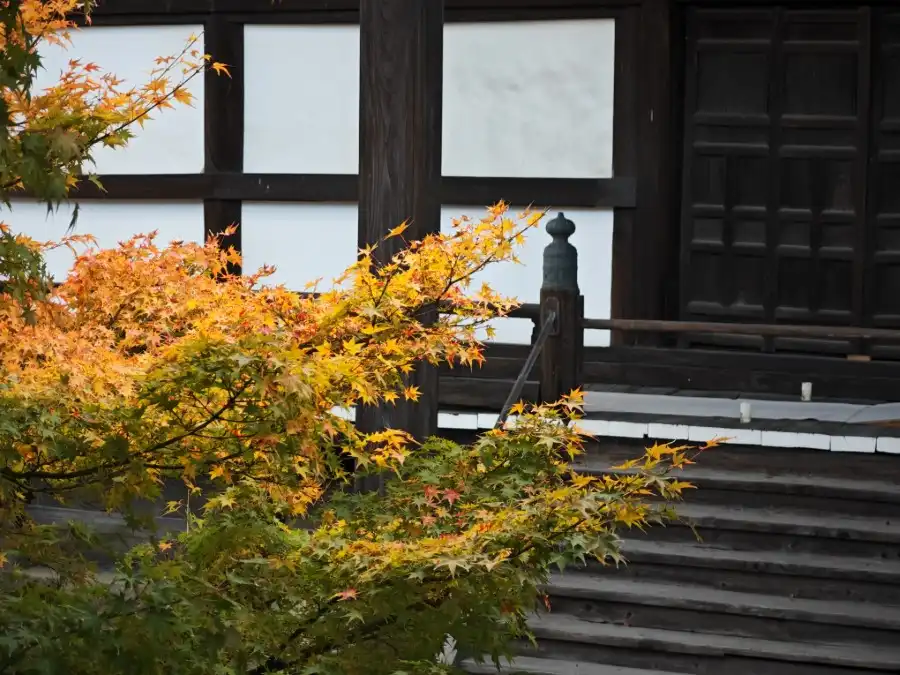
The Lotus Sutra (Hokekyo) is the scripture that explains the teachings of Sakyamuni Buddha. Nichiren Shonin, who was born in the Kamakura period (1185-1333), chanted the chanting of the title “Nam-Myoho-Renge-Kyo” in an attempt to realize this teaching.
History
Nichizo, who was a missionary in Kyoto at the bequest of Nichiren, built Myokenji Temple in 1321 after receiving temple land from Emperor Godaigo.
In 1334, Emperor Godaigo officially recognized as a religious sect. This made it the fundamental temple of the Hokke school of Buddhism in Kyoto.
After 1387, Hieizan Enryakuji sect repeatedly attacked the temple and destroy it. The temple was rebuilt each time, but in 1536 it was burned to the ground along with other Hokke sect temples. In 1542, Emperor Gonara issued a decree to return to Kyoto, and the Hokke school temples that had taken refuge in Sakai returned to the capital one after another.
Myokenji Temple was rebuilt in 1548 in Nijo Nishinotoin. But in 1584 Toyotomi Hideyoshi made an order to move the temple to its present location.
The main gate is an important cultural property.
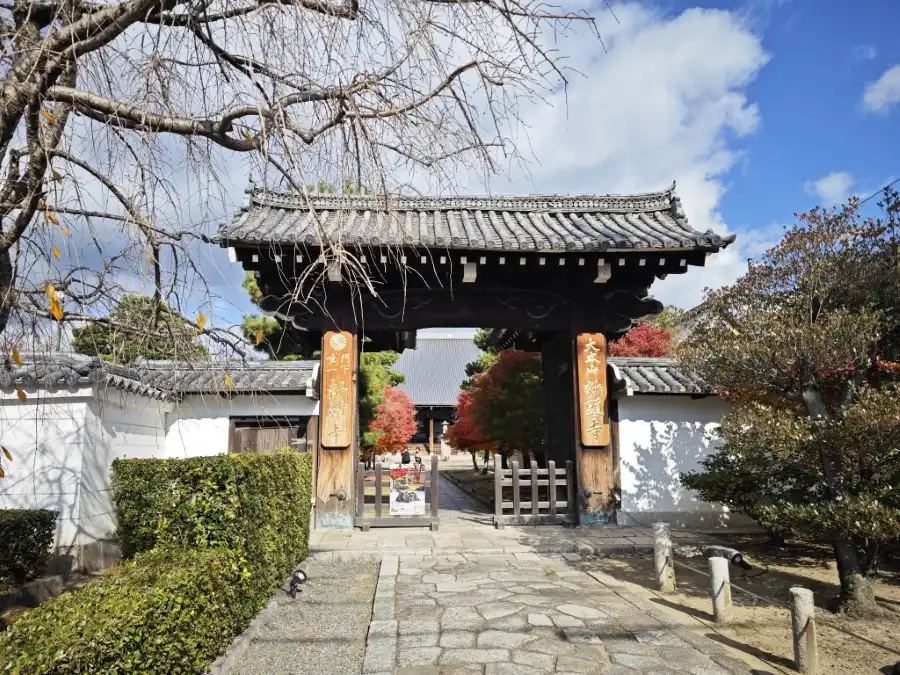
There are many cherry trees in the precincts of the temple, making it a famous cherry blossom viewing spot. There are also several gardens, including the Shikai Shodo Garden, which is a highlight of the temple.
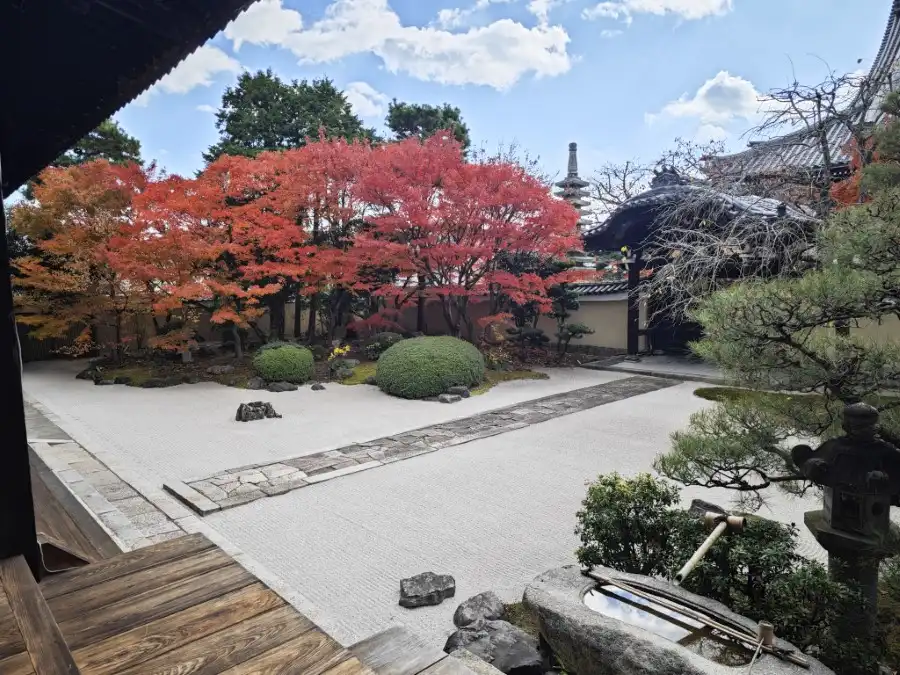
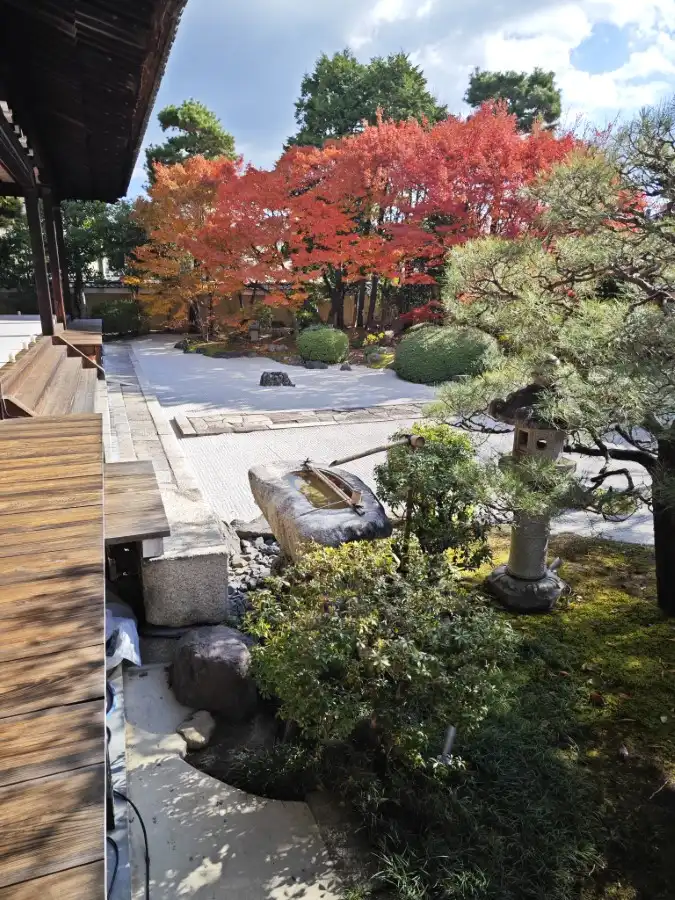
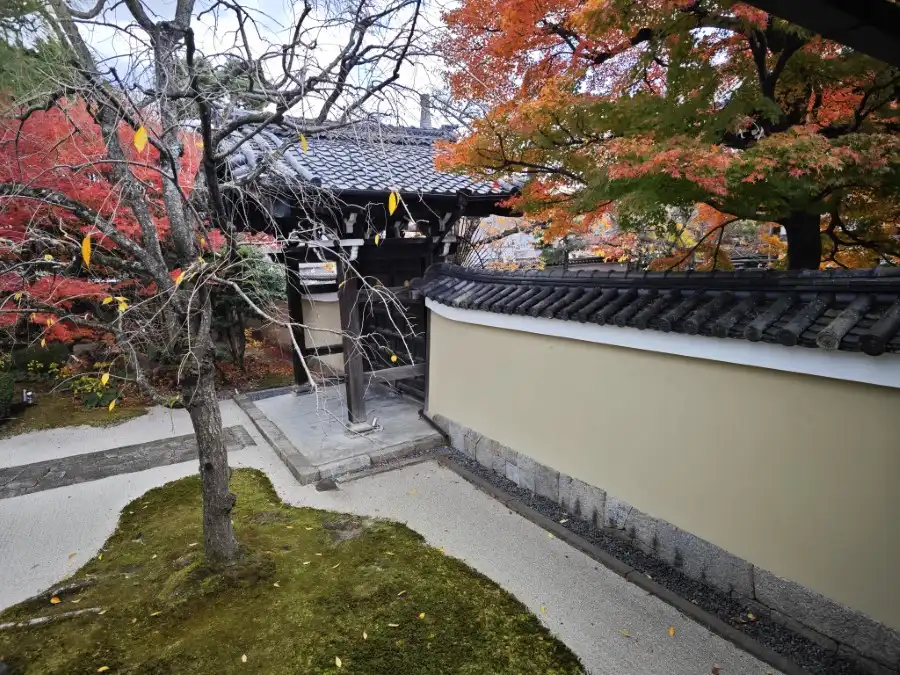
Nearby spots from Myokenji Temple
Priest Nichizo founded three temples. They are Myokenji Temple, Myokakuji Temple, and Ryuhonji Temple. Together they are the “Ryuge-no-Mitsugusoku. The “Ryuge-no-Mitsugusoku” name “Ryuge” comes from the name of Nichizo Shonin, whose another name was Ryuge Jyuin. And “Mitsugusoku” refers to a set of Buddhist ritual utensils. They are incense burner, candlestick (hidate), and flower stand (hanadate). It may mean that the three temples together function as one set.
Myokakuji Temple is very near. It was a regular lodging place of Oda Nobunaga.
Immerse in timeless legacy of Honryuji Temple, the Hokke school’s head temple in Nishijin, boasting resilience, history, and cultural treasures.
Myorenji Temple has a dry landscape garden. The name of the garden is the “Stone Garden of the Sixteen Arhats.”
Houonji Temple, a Kyoto gem since the Muromachi era, unveils history through hauling tiger painting, ancient bell, and tranquil stone bridge.
Related articles:
[…] Myokenji Temple is a five-minute walk to the northeast. Myokenji Temple is the main temple of Nichiren Shu in Kamigyo-ku. Toyotomi Hideyoshi once used it as his regular lodging in Kyoto. […]
[…] founder, Nichishin Daikasho, left Myokenji Temple in 1488 and founded Honryuji Temple in Shijo Omiya. With the support of Emperor Go-Kashiwabara and […]
[…] together with his uncles Nichizon and Nichidou, worked to purge Myohonji Temple (now Myokenji Temple) of its priesthood. But they were unable to accomplish their goals. They left the Myokenji Temple […]
[…] Myokenji Temple is the main temple of Nichiren Shu in Kamigyo-ku. Toyotomi Hideyoshi once used it as his regular lodging in Kyoto. […]